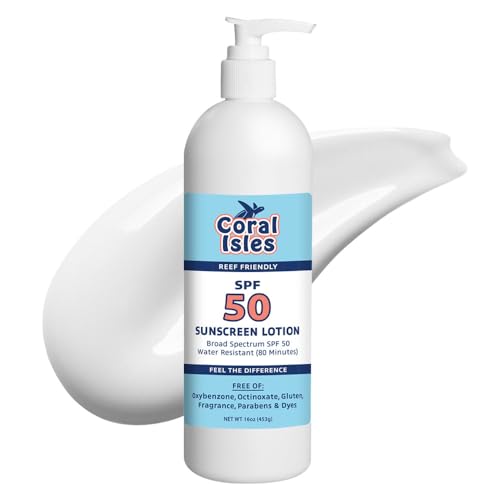Its really a complicated scenerio when you dive into it. DSB users use very fine sand in order to maximize bacterial populations (because it takes alot to do a little) but in doing so they loose natural diffusion, so they answered that with the use of critters to stir the bed, which you cant keep viable due to preditation, recruitment and natural selection. SO its kind of a paradox. Now when you take this and give it untrue limitations it can really screw folks up and has. Anthonys explanation of a dsb is probibly the best I have heard...well from a sand junkie anyway 
 .
.
If truely folks could take any system and give thier true limitations folks would have such a better chance at making them work.
The same could apply for folks like myself that use BB systems. Its not like you take out the sand and life is all of a sudden perfect, you still need to work with in the limitations of the system.
Mike
If truely folks could take any system and give thier true limitations folks would have such a better chance at making them work.
The same could apply for folks like myself that use BB systems. Its not like you take out the sand and life is all of a sudden perfect, you still need to work with in the limitations of the system.
Mike


































































